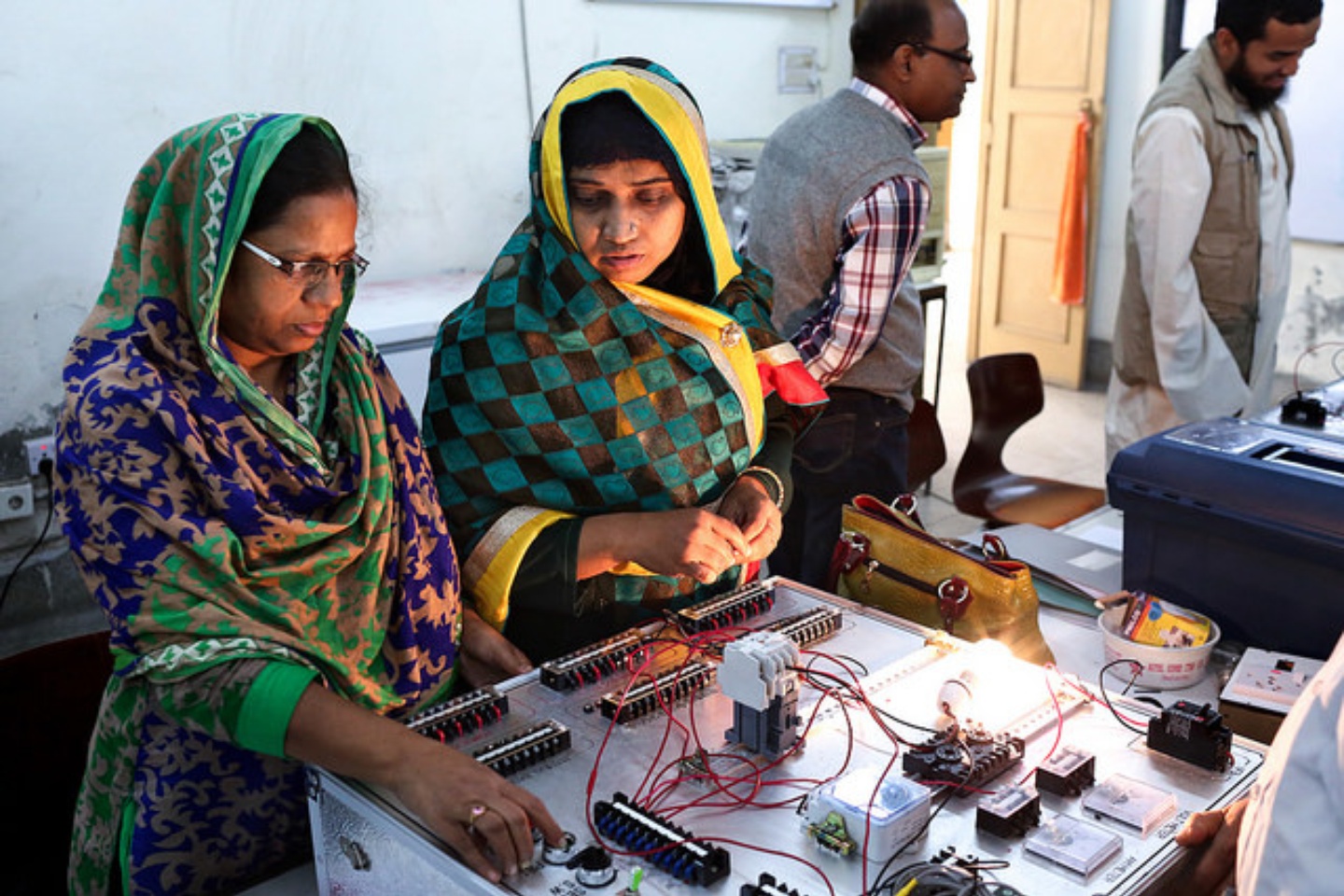Majority of studies conducted on decent job primarily focused on the demand side issues. However, there is a need to explore the supply side issues as the composition of labor supply itself can be a determining factor in the status of decent job. This article follows the definitions of good-enough job, good job and decent job from Raihan (2014) where the author argues that there could be three stages for moving towards ‘decent’ job. The first stage is the ‘good-enough’ job which shows the transition from no job to job or from unpaid family job to paid-job. The second stage is the ‘good’ job which shows the transition from ‘good-enough’ job to job with better return, formal job security and enhanced workers’ rights. The third stage is the ‘decent’ job, which is the transition from ‘good’ job to a state of productive employment in compliance with agreed international standards of the working environment and workers’ rights.
We use the Labor Force Survey data of 2010 (LFS 2010) for Bangladesh and the available indicators in that survey, and classify the jobs as per the above-mentioned definitions. As the data and questions in the questionnaire of LFS 2010 are different for wage employed and self-employed, we consider different indicators for defining the quality of jobs for wage employed and self-employed.
The data from LFS 2010 suggests that while the decent job appears to be only 10.1%, good job and good enough job constitute 36.4% and 53.5% respectively of total wage employed. For self-employed, decent job comprises 9.2%, while good job and good-enough job constitute 39.2% and 51.6% respectively.
To see the impacts of education and training on the quality of job that a person may avail, after controlling for other factors, we use multinomial logistic regression involving three categories of the aforementioned job with good-enough job as the base category.
In the regression involving the wage-employed, we find that education and training have a highly significant impact on moving from good-enough job to good job and decent job. Though primary education is found to be insignificant in changing the quality of the job, persons with secondary and higher secondary education have almost 20% higher probability to be in a decent job compared to persons with no-education. The impact of education is found to be the highest for university education: being educated in a university increases the probability to be in a good job by 23% while it increases the probability to be in a decent job by 26%. Moreover, education of the household head has a statistically significant and positive trans-generational impact if the household head has more than primary education. The results also indicate that training helps to move people up from good-enough job to good job or decent job. Compared to persons without training, a trained worker has 8% higher probability to be in a good job and 4% higher probability to be in a decent job.
To understand how education and training shifts the quality of job we also calculate the relative risk ratio (RRR) of the corresponding variables for each category compared to the base category. We find that RRR is significant for all other levels of education except primary education. For a person with a secondary education relative to no-education, the relative risk (RR) for decent job compared to good-enough job would increase by a factor of 27.4. The RR for decent job compared to good-enough job would increase by factors of 39.1 and 284.3 for attainments of higher secondary and university education respectively compared to the no-education category. These results indicate the strong capability of higher education in lifting up the quality of job as opposed to no-education. Although small in magnitude, training does have a highly significant impact. For persons with training in comparison to persons without training, the RR for decent job compared to good-enough job increases by a factor of 2.2 holding all other variables constant.
For the self-employed, the regression results show that education levels higher than primary education have statistically significant impact over moving from good-enough job to good job or decent job. Persons with secondary or higher secondary education have more than 10% higher probability of having a good job compared to no-education category. Having a university degree provides 4% higher probability to be employed in a decent job compared to the no-education category. However, the impacts of training are found to be insignificant in cases of such transitions. A possible explanation is the very low percentage of people (only 4.6%) in the self-employed participating in any training program in the LFS 2010 data. In terms of RRR, having primary education compared to no-education does not improve the Relative Risk (RR) for decent job compared to good-enough job. However, having secondary or higher secondary education compared to no education increases the RR for decent job compared to good-enough job by more than a factor of 1.6. With a university education compared to no-education the RR for decent job compared to the good-enough job increases by a factor of 1.7 holding all other things constant.
This article is written by Dr. Selim Raihan and Mahtab Uddin




RECENT COMMENTS